Tagged FlyFos TransgeneOme Library
The VDRC maintains and distributes a collection of transgenic flies for analysis of gene function and protein localization: the Tagged FlyFos TransgeneOme (fTRG) library.
Full details about the lines can be found in the following publication: A genome-wide resource for the analysis of protein localisation in Drosophila, Sarov et al., (2016).
These lines were generously donated to the VDRC by Frank Schnorrer (Max Planck Institute of Biochemistry, Martinsried, Germany) and Vijay Raghavan (National Center for Biological Sciences, TIFR, Bangalore, India) for distribution to the Drosophila research community.
What are the fTRG lines?
The "Tagged FlyFos TransgeneOme (fTRG)" library is comprised of a total of 880 transgenic fly lines, covering 826 different genes. Each line has been engineered to tag a specific protein with a multi-epitope tag at its C-terminus, the majority with 2XTY1-SGFP-V5-preTEV-BLRP-3XFLAG, for use in a variety of downstream applications.
The broad application spectrum includes live imaging, subcellular localization and interaction proteomics of selected gene products at all stages of Drosophila development. Thus the fTRG collection adds considerably to the resources available to Drosophila researchers and their versatility opens up a wide range of previously unfeasible experiments.
What markers should the flies have?
The transgenes carry the 3xP3-dsred marker (Ejsmont et al., 2009). This is an eyeless derived promoter fragment resulting in dsRed expression in the developing eye and in the brain. This needs to be taken into account when working with the developing or adult brain. The eyes should appear white under the light microscope but red under fluorescence.
The transgene is an extra tagged copy of the specific gene and most of its regulatory information, inserted in the genome at a defined location. The wild type copies of the gene are also present.
How do I acknowledge use of these lines?
Please reference Sarov et al., (2016) and acknowledge the VDRC for providing the lines.
The VDRC maintains and distributes a collection of transgenic flies for analysis of gene function and protein localization: the Tagged FlyFos TransgeneOme (fTRG) library.
Full details about the lines can be found in the following publication: A genome-wide resource for the analysis of protein localisation in Drosophila, Sarov et al., (2016).
These lines were generously donated to the VDRC by Frank Schnorrer (Max Planck Institute of Biochemistry, Martinsried, Germany) and Vijay Raghavan (National Center for Biological Sciences, TIFR, Bangalore, India) for distribution to the Drosophila research community.
What are the fTRG lines?
The "Tagged FlyFos TransgeneOme (fTRG)" library is comprised of a total of 880 transgenic fly lines, covering 826 different genes. Each line has been engineered to tag a specific protein with a multi-epitope tag at its C-terminus, the majority with 2XTY1-SGFP-V5-preTEV-BLRP-3XFLAG, for use in a variety of downstream applications.
The broad application spectrum includes live imaging, subcellular localization and interaction proteomics of selected gene products at all stages of Drosophila development. Thus the fTRG collection adds considerably to the resources available to Drosophila researchers and their versatility opens up a wide range of previously unfeasible experiments.
What markers should the flies have?
The transgenes carry the 3xP3-dsred marker (Ejsmont et al., 2009). This is an eyeless derived promoter fragment resulting in dsRed expression in the developing eye and in the brain. This needs to be taken into account when working with the developing or adult brain. The eyes should appear white under the light microscope but red under fluorescence.
The transgene is an extra tagged copy of the specific gene and most of its regulatory information, inserted in the genome at a defined location. The wild type copies of the gene are also present.
How do I acknowledge use of these lines?
Please reference Sarov et al., (2016) and acknowledge the VDRC for providing the lines.
